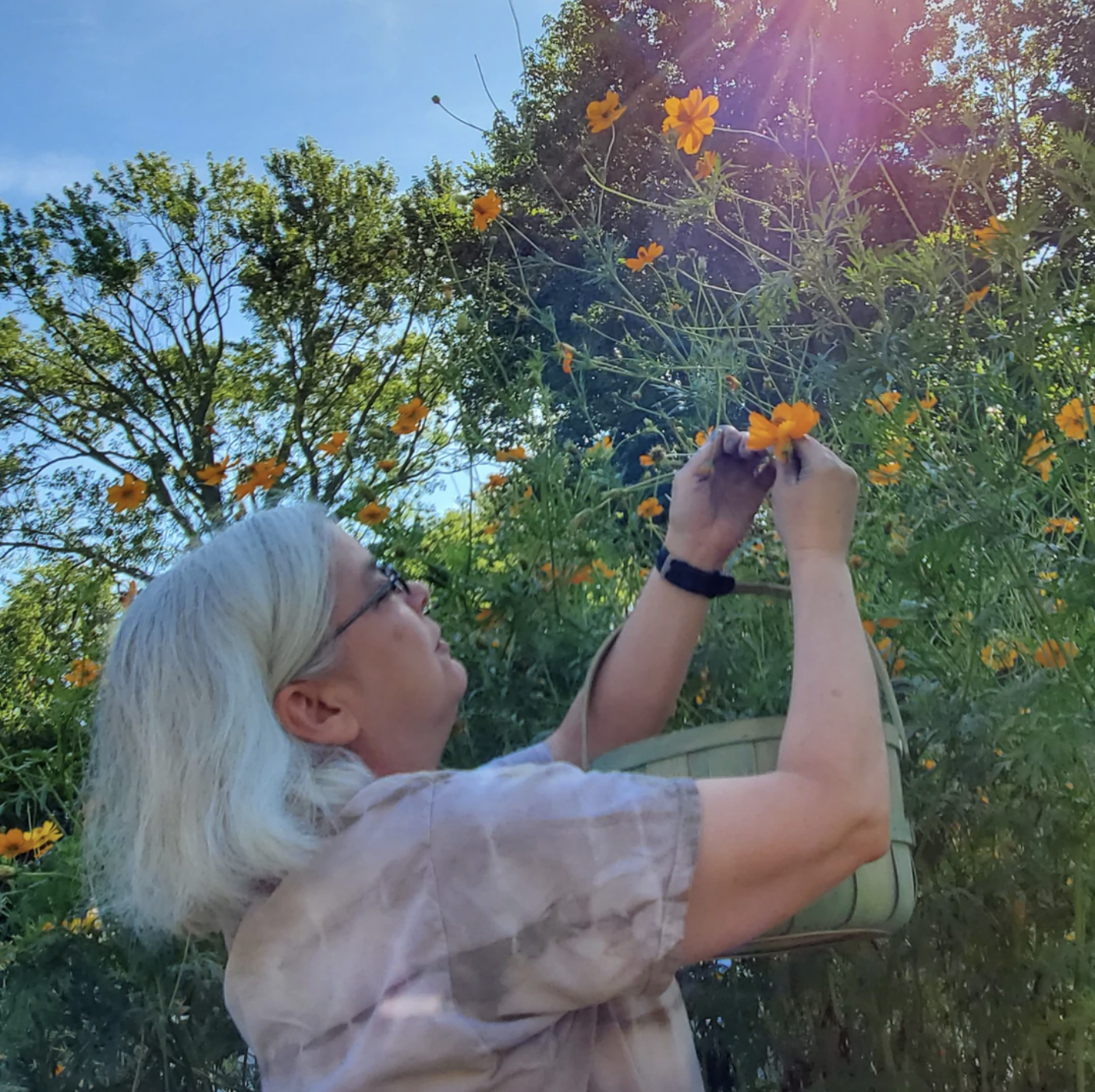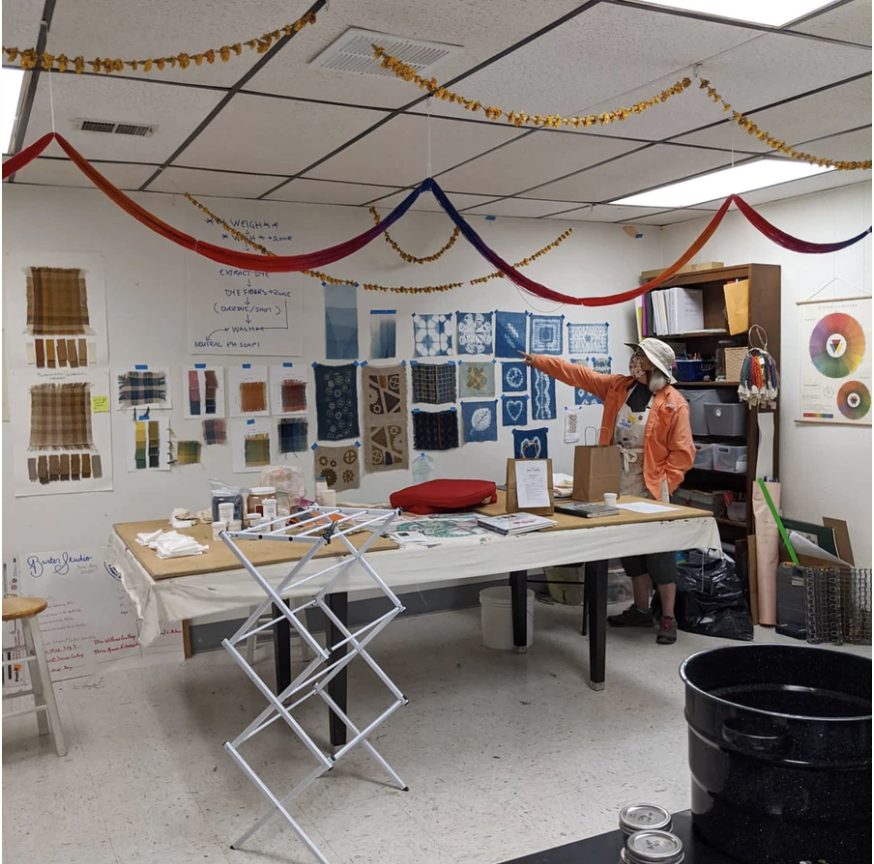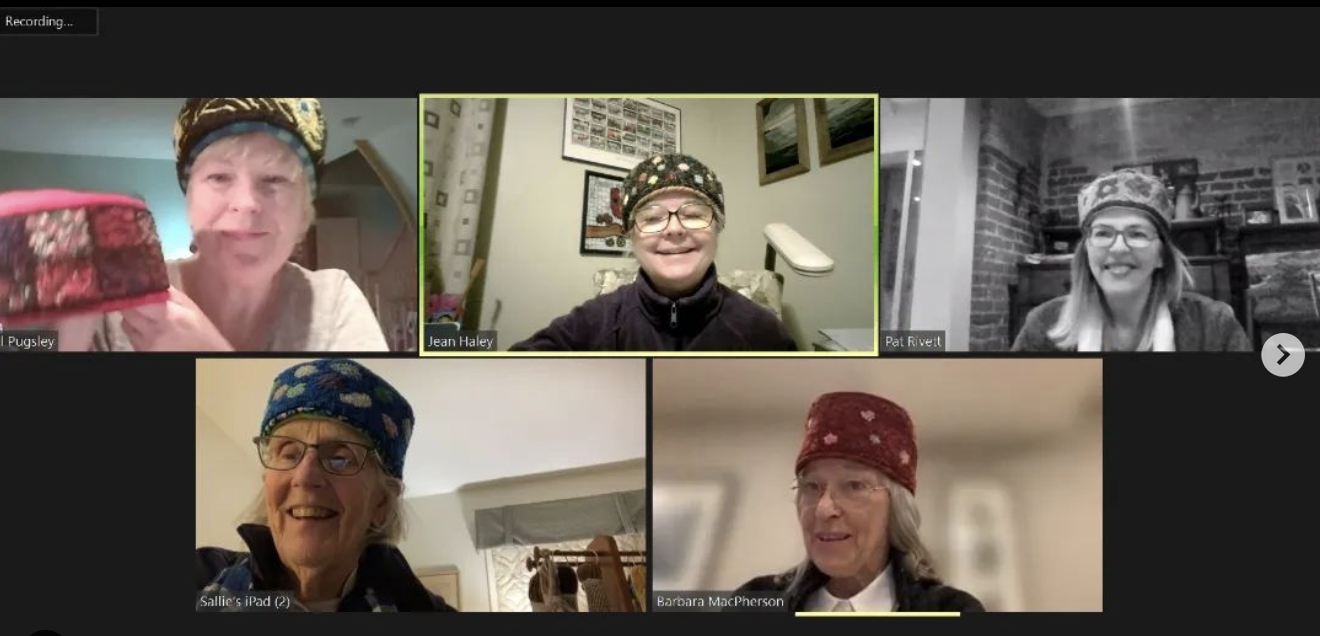Artists Who Teach: The Why and the How
Images from Jean Haley Dye + Design Workshops. Courtesy of Jean Haley Dye + Design.
Most of you know that I teach. A majority of my artist friends teach. We teach for many reasons, in many ways and in many roles. We teach K-12 with a rolling cart, we teach in colleges and universities, we teach in community spaces, we teach in our studios, we teach online.
A few reasons why artists teach:
Sometimes, teaching begins as another viable and predictable income stream to support our art practice.
Sometimes, we teach because we’re extroverts and we need to balance out the solo studio time.
Mostly, we teach because we love art, and we had teachers that made everything seem magical and attainable, and we want others to feel that joy and connection.
Teaching hones our skills, opens up neural pathways in our own brains, and forges connections with our community.
Learn about how Annie got started painting and see inside her studio. (She also drops a “bless your heart” that made me LOL.) Video courtesy of Oil Painter Annie.
How Artists Teach: One-on-One
Today I’d like to focus on how two fabulous artists teach: painter Annie Guldberg and fiber artist Jean Haley. ***If you’re an early career artist looking to take the leap into teaching, or if you’re looking to add a reliable income stream, here’s hoping this post provides some pragmatics on how to get started.
Y’all met Annie several weeks ago. Based in her inspiring home studio in Mount Pleasant, Iowa, Annie teaches weekly private and semi-private art lessons to students age six to adult. Some of her clients are from the local homeschooling community, while others simply want additional focused art instruction.
Annie Guldberg’s teaching studio in Mount Pleasant, Iowa.
Annie describes her approach as providing focused one-on-one attention to create emotional safety and connection with her students. She recounts that her younger artists sometimes transform from acting out to becoming relaxed and happy in a structured environment where they can explore, be listened to and cared for, and make a mess. Her older students thrive in having a safe place where they are seen and encouraged creatively on a weekly basis.
Watch Annie Guldberg’s Art Lessons with Annie short video. Courtesy of Oil Painter Annie.
Annie’s Best Practices:
Teach students to respect materials while also allowing for freedom to make a mess.
Across the board, one-hour lessons have proven to be the perfect amount of time.
Remember their birthdays. Annie lets students choose a new material or supply from her Art Prize Box.
One of the benefits of private teaching is the freedom in your schedule, so be strategic about how and when you’re available. Create certain time slots for weekly lessons.
Share information about lessons to clients through Google Sheets, such as available time slots.
Create a draft email introduction with rules and guidelines on hand. (Work smarter not harder.)
Text a reminder for upcoming lessons to prevent no-shows.
Have a range of payment options, but have clients pay for PayPal or other fees.
In a spirit of true generosity, Annie would love to help anyone with their own private lesson structure, so feel free to connect with her with questions. Learn more about Annie and her work here. Connect with Annie on Instagram and Facebook.
Artist Jean Haley. Photo courtesy of Jean Haley Dye + Design.
How Artists Teach: Group + Online
Based in Bloomington, Indiana, my friend Jean of Jean Haley Dye and Design teaches adult group classes, both online and in-person, ranging from natural dyeing to hooking and construction techniques.
Like many of us artists, Jean began her teaching career instructing in-person out of her Bloomington studio. Her in-person natural dye courses require a three-person minimum to cover supply costs, and Jean designs these experiences to be fun and engaging half-day workshops.
Jean in her Bloomington studio. Photo courtesy of Jean Haley Dye + Design.
And then came 2020. While Jean had already begun to explore transitioning her courses online, the pandemic upped the ante, so to speak. Using an online teaching platform, Jean created From Plant to Dye Pot: A Natural Dye Workshop for Rug Hookers and Wool Crafters, an in-depth course that is entirely online.
Benefits of Teaching Online:
This digital modality has opened up Jean’s teaching in so many ways:
She’s expanded her community beyond her local folks.
She can record videos of techniques that folks can watch and re-watch at their convenience.
She can craft both synchronous group experiences, such as live Q & A sessions, group shares, and a final graduation, as well as asynchronous aspects, such as PDFs and videos.
Students can purchase these lessons online and participate at their own schedule and pace, working in the comfort of their own home.
Jean can include way more information in an online course than she can fit in a half-day workshop.
You can learn more about Jean and her work here, and follow her on Instagram and Facebook.
Students from Jean’s 2022 Winter Hat Hook-Along. Photo courtesy of Jean Haley Instagram.




